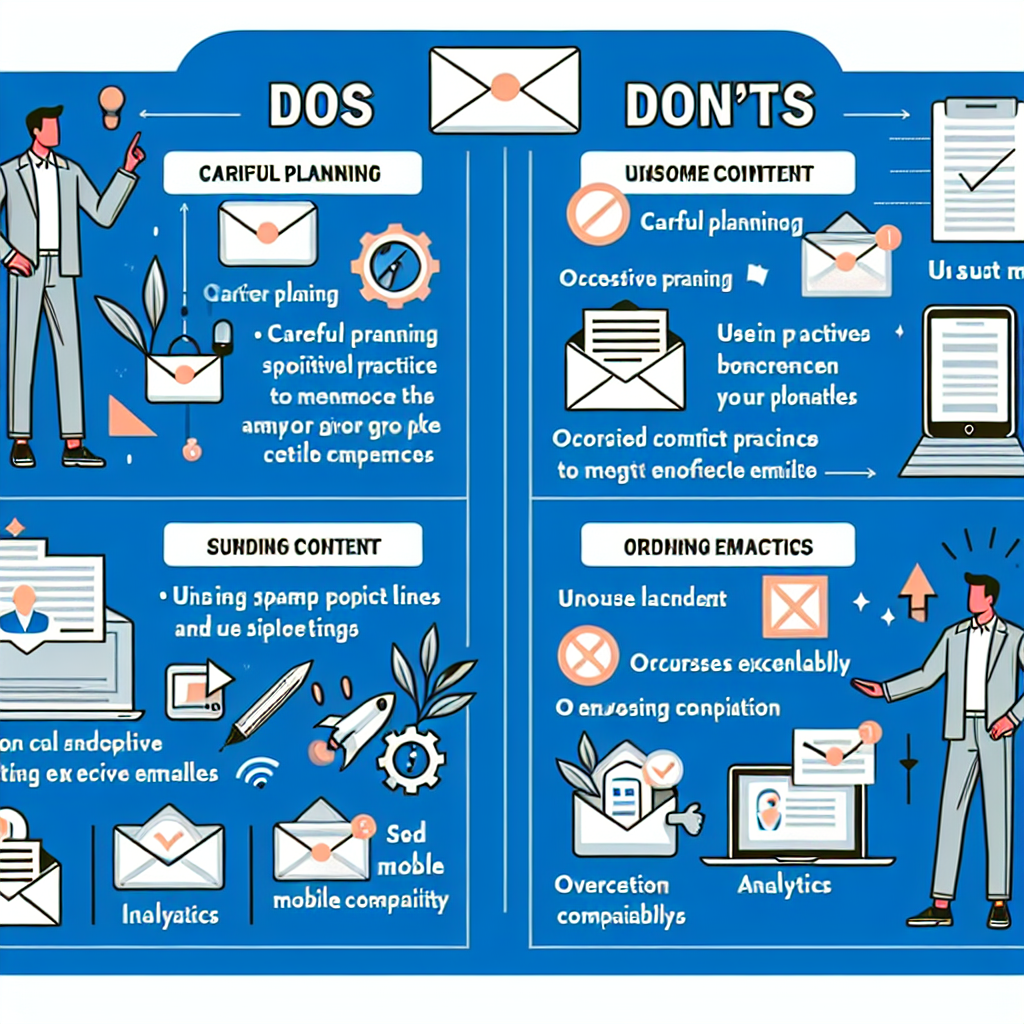Case Study: Successful Email Marketing Campaigns
Email marketing remains one of the most effective channels for businesses to communicate with their audience. With the right strategy, compelling content, and timely delivery, email campaigns can yield impressive results. In this case study, we will explore successful email marketing campaigns, dissect their strategies, and provide actionable tips that you can implement in your own campaigns to achieve similar success.
Introduction to Email Marketing
Email marketing involves sending promotional messages to a group of people via email. It is a powerful tool for building relationships with customers, driving traffic to your website, and increasing sales. According to Statista, the number of global email users is expected to reach 4.6 billion by 2025, making it a channel you cannot afford to ignore.
Why Email Marketing Works
Email marketing is highly effective for several reasons:
- Direct Communication: Emails land directly in the recipient’s inbox, providing a personal touch.
- High ROI: According to the Data & Marketing Association, email marketing has an ROI of 4200%, meaning that for every $1 spent, you can expect a return of $42.
- Measurable Results: Email marketing platforms provide in-depth analytics, allowing you to track open rates, click-through rates, and conversions.
Case Study 1: Airbnb’s Personalized Email Campaign
Airbnb is a prime example of a brand that has mastered the art of email marketing. They use personalized emails to engage their audience and drive bookings.
Strategy
Airbnb uses data-driven personalization to tailor their emails to individual users. They analyze user behavior, preferences, and past bookings to send relevant recommendations.
Execution
Airbnb’s emails often include personalized greetings, destination recommendations based on past searches, and special offers. They also use high-quality images and engaging content to capture the reader’s attention.
Results
This personalized approach has resulted in higher open and click-through rates. According to Campaign Monitor, Airbnb’s personalized emails have a 10% higher open rate compared to their non-personalized emails.
Case Study 2: BuzzFeed’s Engaging Content Emails
BuzzFeed leverages email marketing to distribute their content and drive traffic to their website. Their approach focuses on creating engaging and shareable content.
Strategy
BuzzFeed segments their email list based on user interests and preferences. They send customized content that resonates with each segment, ensuring relevance and engagement.
Execution
BuzzFeed’s emails feature catchy headlines, engaging visuals, and interactive elements like quizzes and polls. They also use humor and a conversational tone to keep their audience entertained.
Results
This strategy has paid off, with BuzzFeed reporting a 20% increase in click-through rates. Their engaging content keeps subscribers coming back for more, driving repeat traffic to their site.
Case Study 3: Charity: Water’s Storytelling Emails
Charity: Water uses email marketing to share their mission and raise funds for clean water projects. Their emails are centered around storytelling and emotional appeal.
Strategy
Charity: Water focuses on telling the stories of the communities they help. They use powerful narratives and visuals to connect emotionally with their audience.
Execution
Their emails often feature stories of individuals and communities who have benefited from their projects. They use high-quality images and videos to bring these stories to life.
Results
This approach has been highly effective in driving donations. According to HubSpot, Charity: Water’s email campaigns have a 55% open rate and a 10% click-through rate, significantly higher than industry averages.
Actionable Tips for Successful Email Campaigns
Based on the case studies above, here are some actionable tips to help you create successful email marketing campaigns:
1. Personalize Your Emails
Use data to tailor your emails to individual recipients. Personalization can include using the recipient’s name, sending relevant content based on their preferences, and recommending products or services based on past behavior.
2. Segment Your Audience
Divide your email list into segments based on demographics, interests, or behavior. This allows you to send more targeted and relevant emails, increasing the chances of engagement.
3. Create Engaging Content
Focus on creating content that resonates with your audience. Use compelling headlines, high-quality visuals, and interactive elements to keep readers engaged. Humor and a conversational tone can also make your emails more relatable.
4. Use Storytelling
Tell stories that connect emotionally with your audience. Whether it’s sharing customer success stories, company milestones, or behind-the-scenes content, storytelling can make your emails more memorable.
5. Optimize for Mobile
With more people accessing emails on their mobile devices, it’s crucial to ensure your emails are mobile-friendly. Use responsive design, concise content, and clear call-to-action buttons to enhance the mobile experience.
6. Test and Analyze
Regularly test different elements of your emails, such as subject lines, content, and send times. Use A/B testing to determine what works best for your audience. Analyze the results and use the insights to optimize your future campaigns.
Conclusion
Successful email marketing campaigns require a combination of personalization, segmentation, engaging content, and storytelling. By following the strategies and tips outlined in this case study, you can create email campaigns that resonate with your audience and drive impressive results. Remember to continually test and optimize your emails to stay ahead of the curve and maximize your ROI.
Ready to take your email marketing to the next level? Start implementing these strategies today and watch your engagement and conversions soar!


